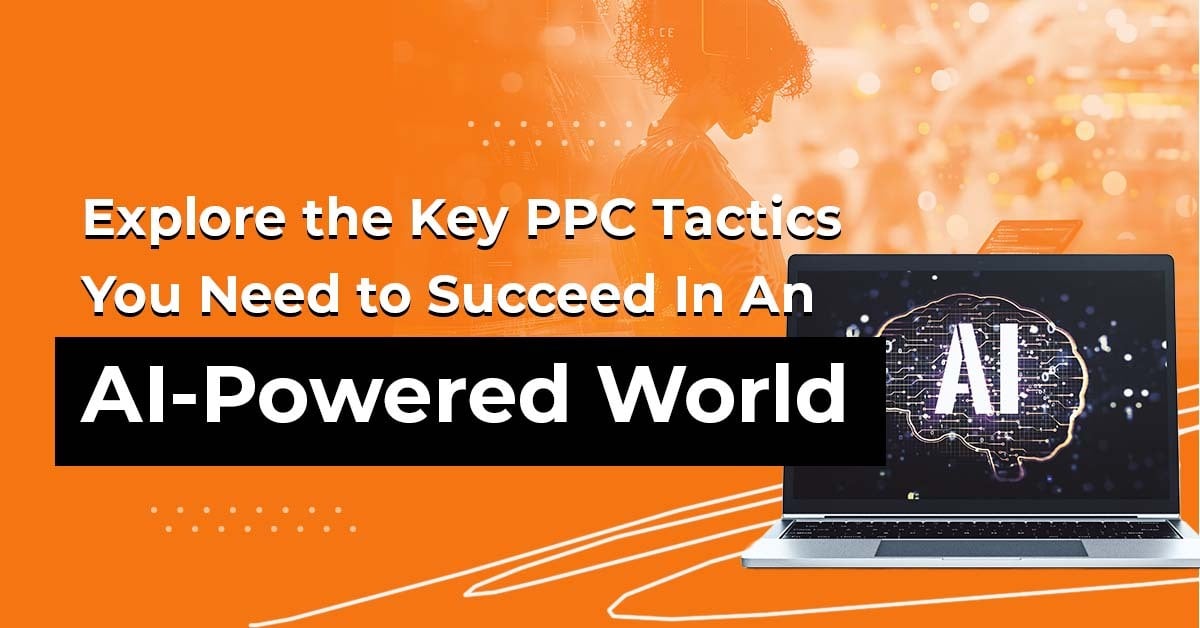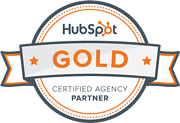Without a doubt, it’s become more challenging to stay ahead of competitors. Google AI Overviews have become an important tool for pay-per-click (PPC) strategies. TechFunnel reveals that AI can help you target the right audience, and through segmentation, conversion rates may increase by up to 30%.
In this article, we’ll discuss the PPC tactics to boost your campaign performance. We’ll also explore how to use data-driven insights to refine your ads and bids and optimize creative assets.
Understanding AI Overviews
AI Overviews have opened new doors for the digital advertising industry. They’re a search feature that provides a concise answer to emerging trends, campaign performance, and actionable insights from large datasets. This is a type of zero-click search, as users can find the information they need without clicking on websites’ URLs.
For PPC managers, this means gaining access to powerful tools that can transform complex information into digestible, strategy-driving information.

They’re not to be confused with featured snippets. These are results that appear at the top of your search engine results page that answer your search query. These could be definitions, steps, or lists. Backlinko states that these can make your content more visible and increase your organic traffic.
 Defining AI Overviews and Their Impact on PPC Campaigns
Defining AI Overviews and Their Impact on PPC Campaigns
AI-generated overviews rely on machine learning algorithms to analyze large amounts of data. It allows advertisers to evaluate and identify “unhidden” trends, such as click-through rates, conversion metrics, and audience demographics. This helps reveal the parts of a campaign that are performing well and areas that you might need to optimize.
PPC specialists can use AI Overview as a dynamic dashboard that continuously learns from the data it processes. For example, by correlating performance metrics with time of day or audience behavior, the system might detect that an ad copy performs better among specific demographics during peak hours.
With these insights, the overview can automatically generate recommendations, such as reallocating the budget, tweaking the ad copy, or adjusting targeting parameters if you need to boost your campaign’s performance.
Remember that AI tools are now being exposed to more data so they can help predict future trends and potential bottlenecks. For example, this helps PPC managers fine-tune their strategies based on anticipated shifts in user behavior.
Essential PPC Tactics for the AI Era
The digital space is evolving continuously. This means that, as an advertiser, you need to implement strategies that are recognized by AI’s advanced capabilities and that you can leverage to improve your campaign performance.
Let’s discuss key tactics that every PPC specialist should consider.
Data-Driven Strategies
One of the most significant shifts in modern PPC management is that it uses AI-driven insights so that advertisers can analyze performance metrics. With real-time data access, campaign managers can refine their ad copy, adjust targeting, and optimize bids based on current trends and user behaviors.
Advanced analytics platforms (powered by AI) provide actionable insights to help you make better decisions. For example, these can alert you when there’s a problem with your campaign performance so you can address this immediately before issues escalate. AI recruiting tools work similarly, identifying hiring trends and optimizing recruitment strategies.
AI also considers the user’s historical performance. With the right tools like Google Analytics, you’re not guessing what ads might work—you’re uncovering hidden patterns in audience behavior that point you to what actually does. Data could reveal that males aged 25–34 respond best to ads featuring a “Buy now” call-to-action (CTA). The manager can then use this information to allocate more of the budget to that segment.
Or, let’s say a particular ad is driving more engagement in the evening. As a campaign manager, you could increase the bids to reach new audiences during peak hours.
Optimizing Ad Targeting and Bid Management
AI technology is changing the way we target ads. When analyzing user behavior, search patterns, and historical performance data, AI tools can help you refine audience segmentation. This ensures that ads reach the most relevant prospects and increase the return on investment (ROI).
For instance, Facebook’s Lookalike Audiences uses AI to identify users who share characteristics similar to your current customers. It does this through custom audiences, a type of ad targeting option that analyzes your current audience across different channels, such as:
- Your website.
- Instagram account.
- On-Facebook listings.
- App activity.
You can upload your customer list as a custom audience on Meta’s Ads Manager page.

Then, after creating your audience, select ‘Custom Audience.’
Or, let’s say you run an online clothing store. Google Analytics and Google Ads’ Audience Insights can reveal what products customers bought in the past, so you can get an idea of their budget limitations. This allows you to create segments of high-value shoppers and deliver personalized ad content. Focus your ad spend on the audience groups more likely to convert.
Tools like Google’s Smart Bidding can also help you adjust your bids in real time. For example, suppose you’re running an e-commerce campaign, and there are a lot of mobile searches during the evening.
In that case, Smart Bidding automatically raises bids for mobile placements during that time. This helps increase traffic and lower bids when there’s a decline in mobile engagement, so you’ll save money outside of peak hours.
It’s important to keep track of AI developments affecting advertising platforms. There’s a lot of information coming from AI newsletters like Superhuman about machine learning advancements.
However, many advertisers struggle to connect these broader AI trends to their daily campaign management. This knowledge gap often results in missed opportunities when new AI-driven features could benefit specific campaign types or when algorithm changes require tactical adjustments to maintain performance.
Creative Optimization Through AI
Beyond targeting and bidding, AI is also beneficial for creative optimization by enhancing the development and refinement of ad copy and creative elements. For PPC campaigns to be successful, you have to:
- Capture the audience’s attention.
- And ensure the copy resonates with a diverse audience.
With AI analytics, you can understand which elements, such as headlines, images, and CTA, drive more engagement and conversions among different audience segments.
Imagine you’re running a campaign for a fashion retailer and want to create multiple versions of your ad copy. You can use a paraphrase tool like Wordvice to test various ad variations quickly. As the advertiser, you can reword headlines and descriptions (like “Limited Time Offers” or “Exclusive New Arrivals”) and see which phrasing resonates best with AI-driven summaries and users’ search intent (budget-conscious shoppers vs. trend-focused customers).
This way, the ad copy remains fresh, adaptable, and optimized for visibility in AI-dominated search landscapes. Plus, you’re still posting relevant content tailored to your market.
This also applies to video content. Create multiple short video ads with different visual themes and voiceovers. Track their performance and see which style resonates with your audience groups. For instance, a conversational tone might work better for younger audiences. This real-time feedback is perfect for refining your creative assets and tailoring every ad to maximize its impact.
Implementing AI Tools in Your PPC Campaigns
Now that we’ve discussed the use of AI tools, such as Google’s SmartBidding, Adobe Advertising Cloud, and Google Analytics, let’s see how you can integrate them into your PPC campaign.
Assess: Analyze your current PPC performance to pinpoint areas that you need to improve. For an e-commerce brand, you might notice that some campaigns aren’t performing well in terms of conversion rates. Review metrics like click-through rates and cost-per-click to see where AI-driven optimization has the greatest impact. Google Analytics is one tool that can help you with this.
Choose an AI tool: Do your research and compare the features the AI tools offer, such as ease of integration, scalability, and depth of analysis provided. If you’re looking to A/B test your copy and see which headlines and CTAs drive more engagement and conversions, then choosing a tool with a paraphrasing feature might be ideal.
Integration: For more features, choose a tool that integrates with other platforms. For example, Google Analytics 4 works well with Acuity Scheduling if you need to know how prospects react to your brand. The integration gives you an overview of the marketing channels driving valuable leads.
Training: Train your team on how to interpret and leverage AI-generated data. Host training sessions using live dashboards and sample reports to demonstrate how the tool works. For example, you could run a workshop on how to read AI-generated performance graphs or how to use A/B testing insights to refine ad copy. You could also create a detailed guide.
Avoiding Common Pitfalls
AI offers many advantages. However, AI tools do come with challenges, including overdependency and data misinterpretation.
For example, if you set your ad bids to increase in the evening and a sudden market shift occurs (say, a competitor is offering a giveaway), the algorithm might continue with outdated assumptions. This is why human intervention may be required for adjustment.
Or, let’s say that you’re running a retail campaign and performance is low during a post-holiday period. The system might misinterpret this as a permanent decline rather than a predictable seasonal pattern.
This is where regular audits and performance reviews come in. These ensure that you (and your team) are using the AI platform effectively. Schedule routine checks, such as weekly performance reviews and monthly strategy sessions. The advertising team can validate AI’s recommendations against real-time market strategic goals.
Final Thoughts
Using AI tools is key to staying ahead. Implement the above PPC tactics, such as testing different ad copies and headlines and allocating your ad spend to attract qualified traffic. These help you boost performance, reduce wasted ad spend, and increase ROI.
Need help managing your ads? Request a free proposal from our ecommerce PPC agency today and see how we can level up your ad game to attract the right audience.













